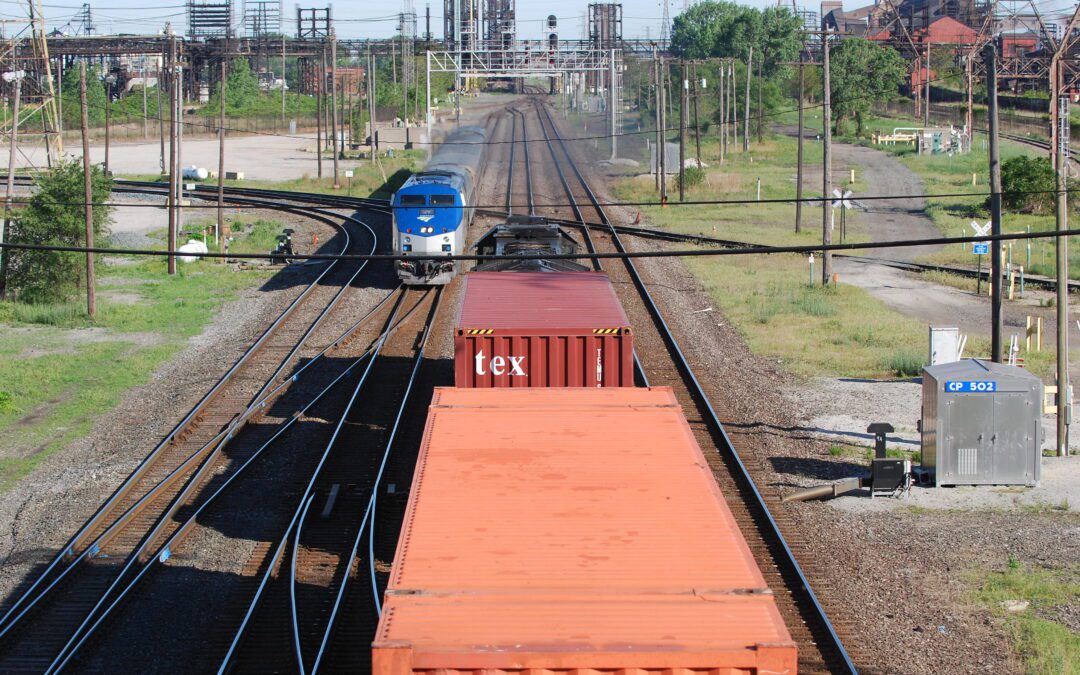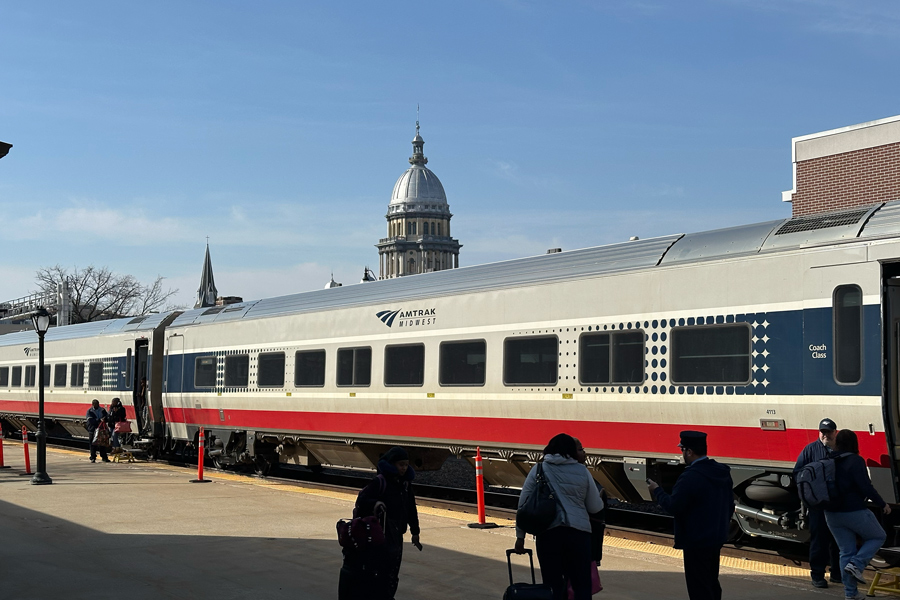Engineering Firm Chosen to Design Critical High-Speed Rail Segment in California HDR has been awarded a five-year contract to deliver engineering and design services for a 54-mile segment between Palmdale and Victorville. This is a critical connection between...
Issue in Brief
Regional Rail uses frequent trains on memory schedules to serve many types of trips
The change from prioritizing commuter rail to regional rail is catching on throughout North America. What’s the difference? How can you get on board? Let’s break it down!
The Issues
Frequent trains on memory schedules make it easy to use the train whether you are traveling within a metro area or from small city to small city.
The Obstacles
Congress funds “commuter” trains, “state-supported” trains and “long distance” trains through three separate agencies, making innovative services types difficult to implement, but progress is being made.
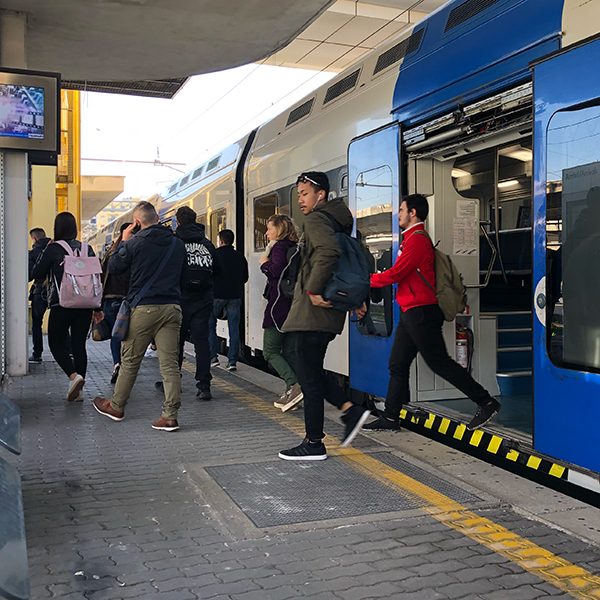
Like most Asian and European cities, Rome converted to regional rail decades ago. Photo: Rick Harnish
Regional rail is…
Regional Rail can take many forms depending upon the local needs and existing assets that can be improved.
Routes can be as short as the existing 50-mile Caltrain corridor or longer like the potential 300-mile Detroit – Chicago corridor. But, they share key characteristics:
Multi-Purpose
Regional rail is about more than commuting to and from the city during weekday rush hours. Work, shopping, games, concerts, and other events can all be served by regional rail. These trips can be from suburb to city, suburb to suburb, city to city, or within the city.
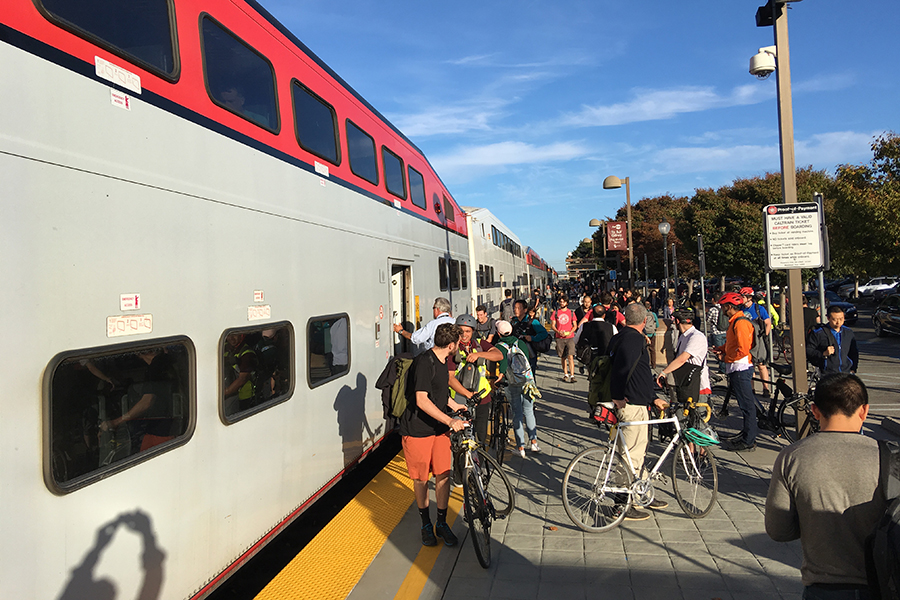
The Caltrain corridor connects two major cities and large suburbs together. It offers an intense mix of local and express trains. Photo: Rick Harnish
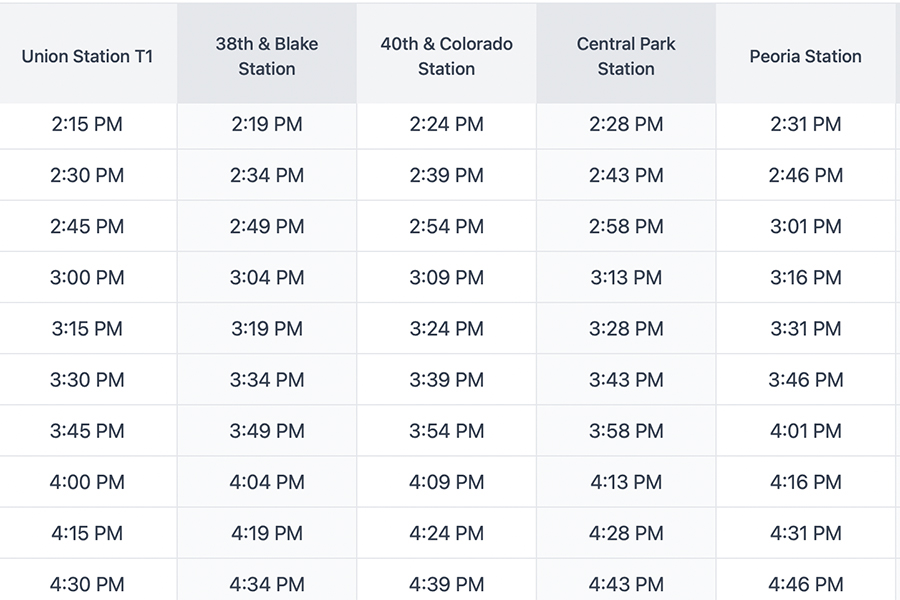
The Denver A-Line offers a train every 15 minutes during the day and every 30 minutes nights and early morning.
Flexible
This means frequent and consistent intervals between departures (ranging from every 15 minutes in the city to 2 hours on longer routes), and the option to buy a last-minute ticket on the train.
Affordable
Effective regional rail is affordable for regular use for day or weekend trips. Proper investments lead to lower operating costs per passenger mile to keep walk up fares low.
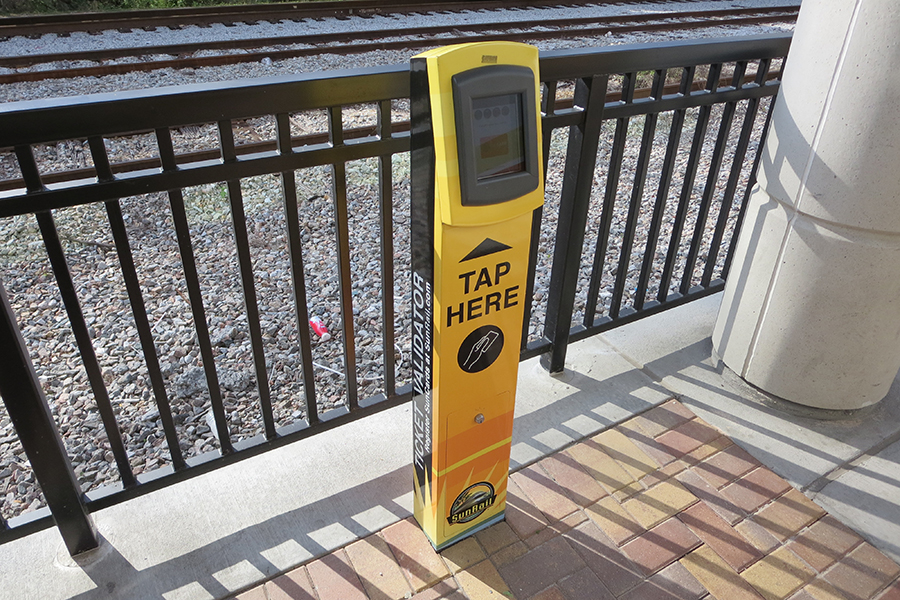
Many regional rail networks make it easy to pay by tapping your credit or debit card.
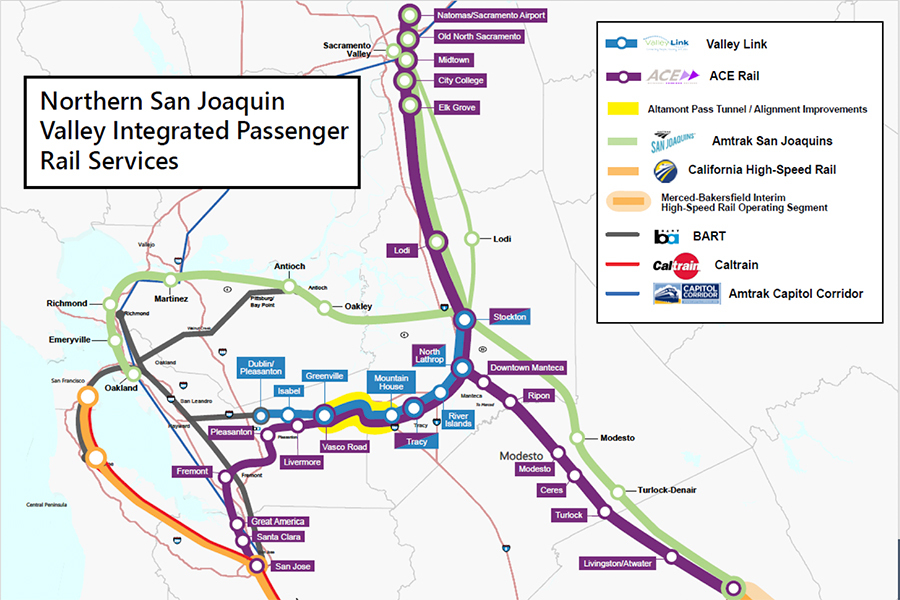
Several agencies are working together to create an integrated regional rail network in California’s Bay Area and Central Valley.
Connected
In a regional rail network, passengers can easily transfer to other lines within the system, citywide public transit, and even airports. Regular intervals and fare integration make these transfers possible.
Scalable
Every region has different needs and different assets to build upon. A successful regional rail network allows for expansion, changes in frequency of service, and other improvements to keep up with changing needs. Existing commuter rail systems can be improved in phases.
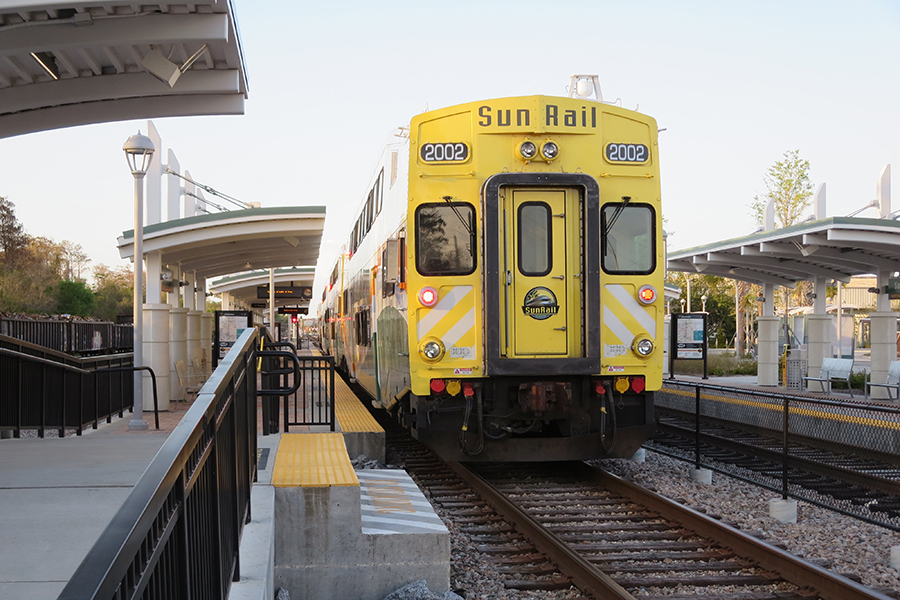
Orlando’s Sun Rail route launched with trains throughout the day and a lot of room to grow.
What is needed to make it happen?
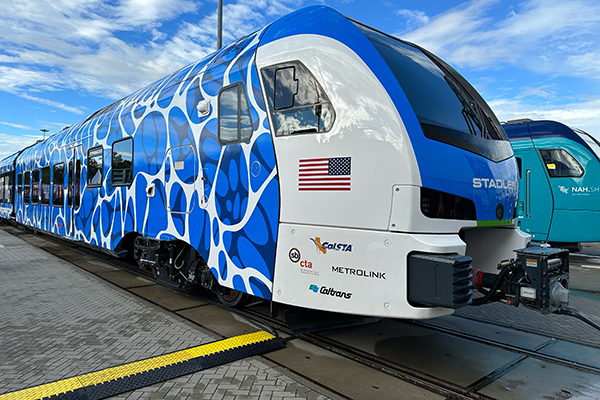
High-acceleration trains
Lightweight trains that accelerate out of stations faster mean passengers can get to where they’re going faster and more efficiently.
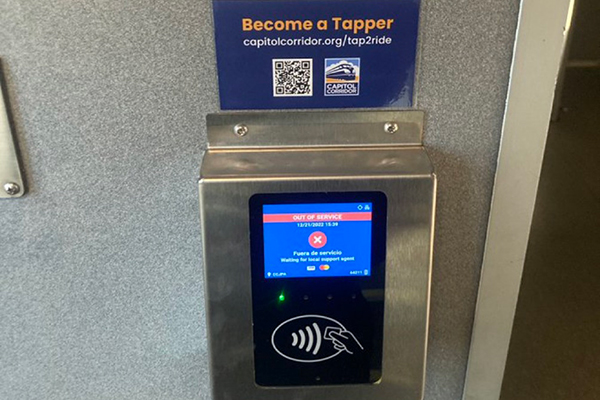
Easy, last minute tickets
To make regional rail an easy, convenient alternative to driving, buying a ticket needs to be easy and intuitive. App based and tap-on/tap off options are common options for existing regional rail.
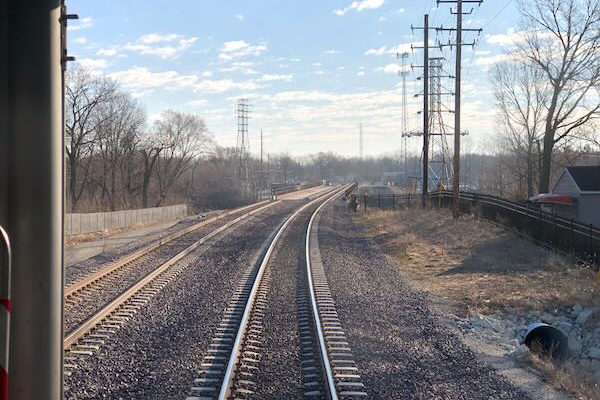
More track
Running frequent, reliable regional rail is going to require building more tracks. Both passengers and shippers will benefit from more frequent and reliable service.
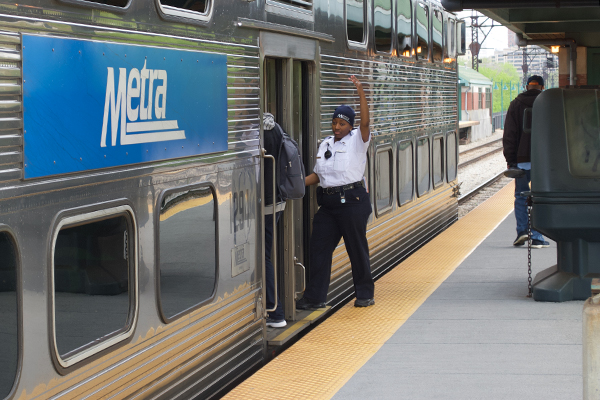
More railroad laborers
More rail workers would also be important for coverage of a more frequent schedule. Regional rail systems make it work by hiring more employees but having fewer of them work per train.
Who is working on it?
Regional rail isn’t just a fantasy. Here are some areas in North America with actionable, realistic plans to make it happen.
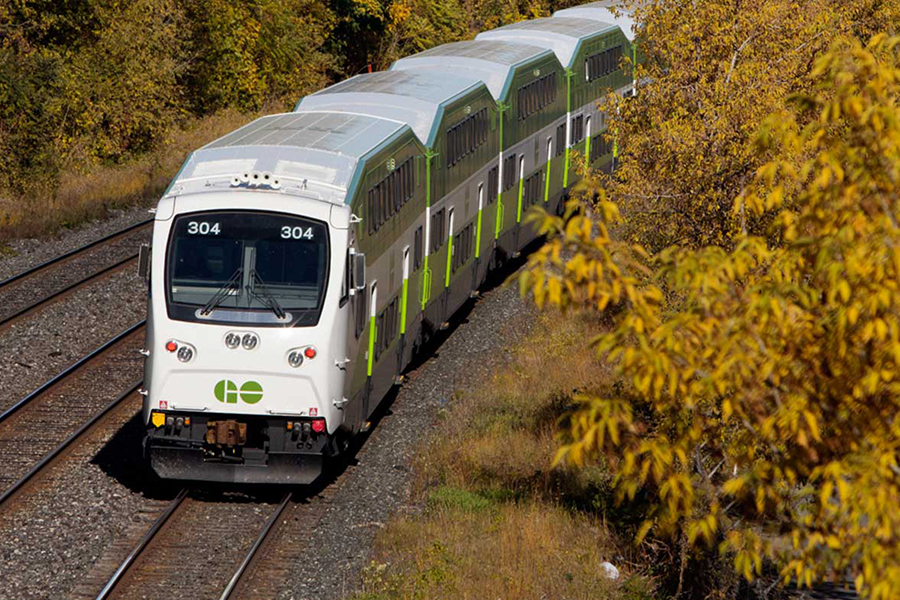
Toronto
Toronto’s GO Expansion is an ambitious project to run electrified trains every 15 minutes in both directions all day on multiple routes.
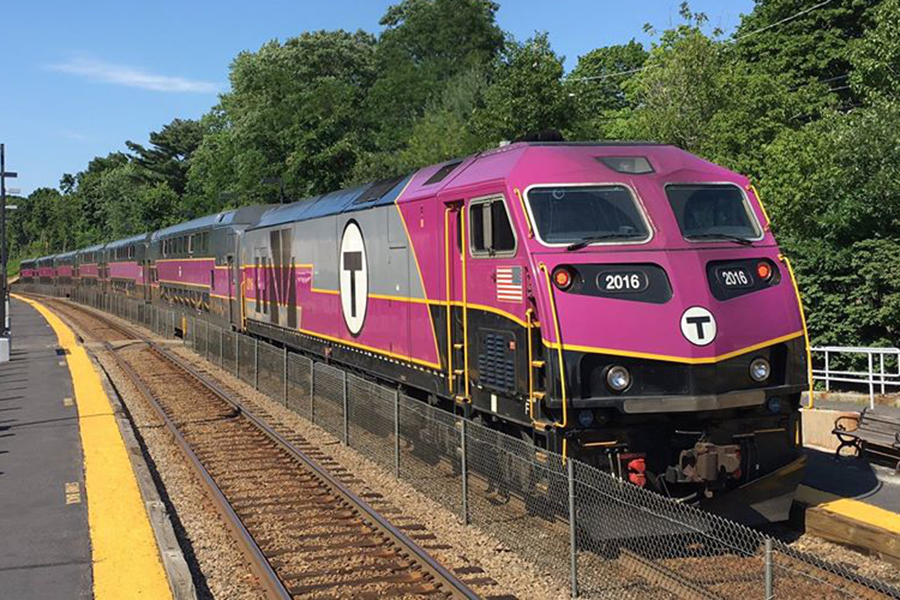
Boston
TransitMatters is pushing the MBTA to invest in systemwide electrification for all day service: every 15 minutes in dense neighborhoods and every 30 minutes in the suburbs
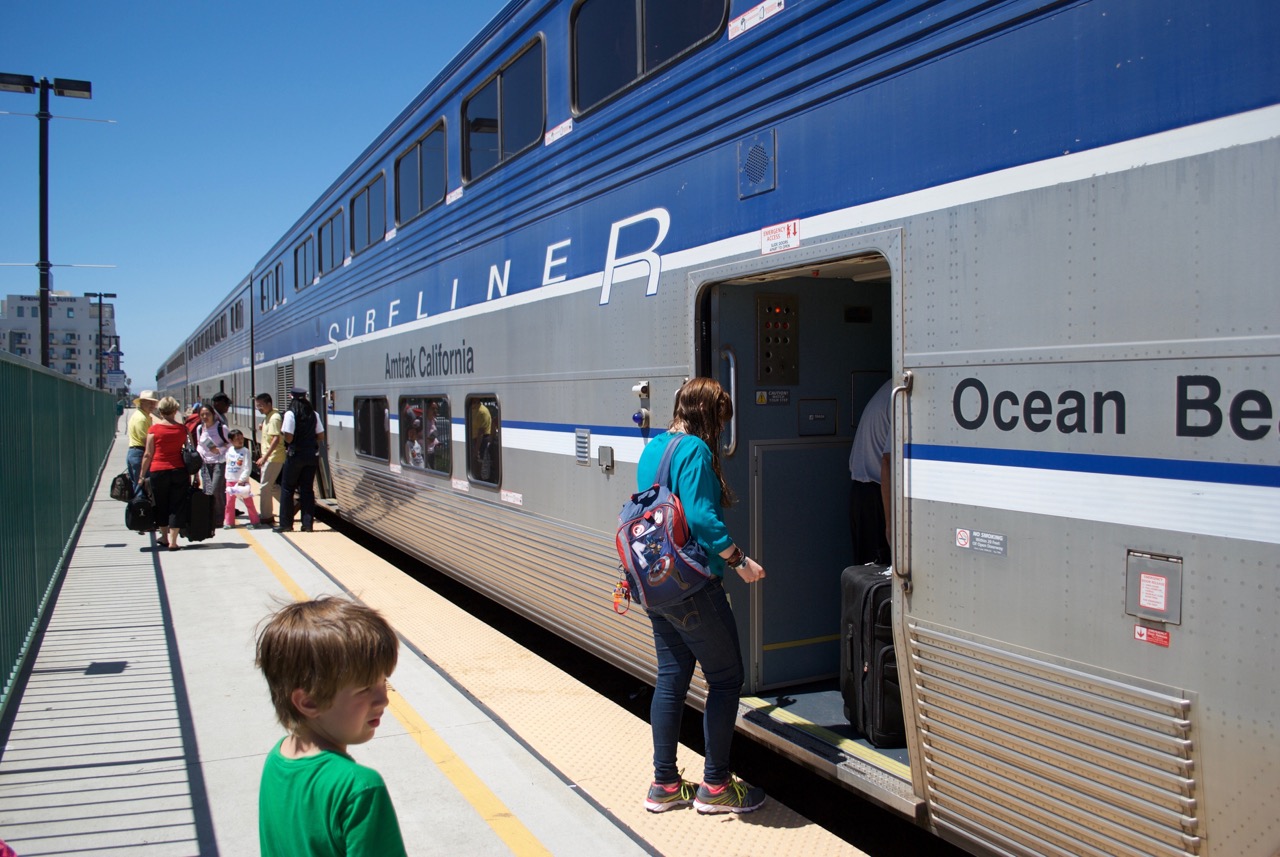
California
The California State Rail Plan is working towards a statewide network with pulsed schedules and integrated ticketing.
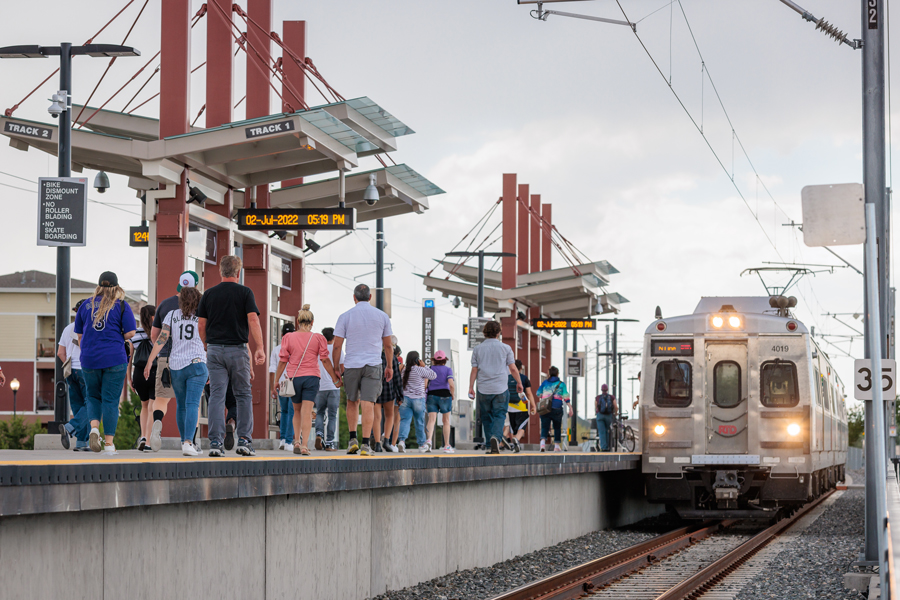
Denver
Denver has opened three electrified regional lines since 2016. The A-Line operates on memory schedules 22-hours a day, from 3:00 am to 1:00 am.
The Latest from HSRA
Our Latest Blog Posts
Check out the latest news, updates, and high speed rail insights from our blog!


